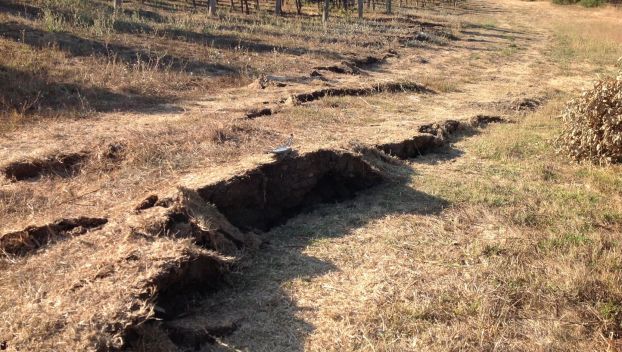
News
WKU geoscientist selected to review major climate report
Jason Polk, a young scientist and Western Kentucky University professor, studies the earth. There’s the air, water, ice, ... Read more

Jason Polk, a young scientist and Western Kentucky University professor, studies the earth. There’s the air, water, ice, ... Read more

Almost everyone knows the San Andreas Fault in California could cause severe damage to the West Coast. But ... Read more